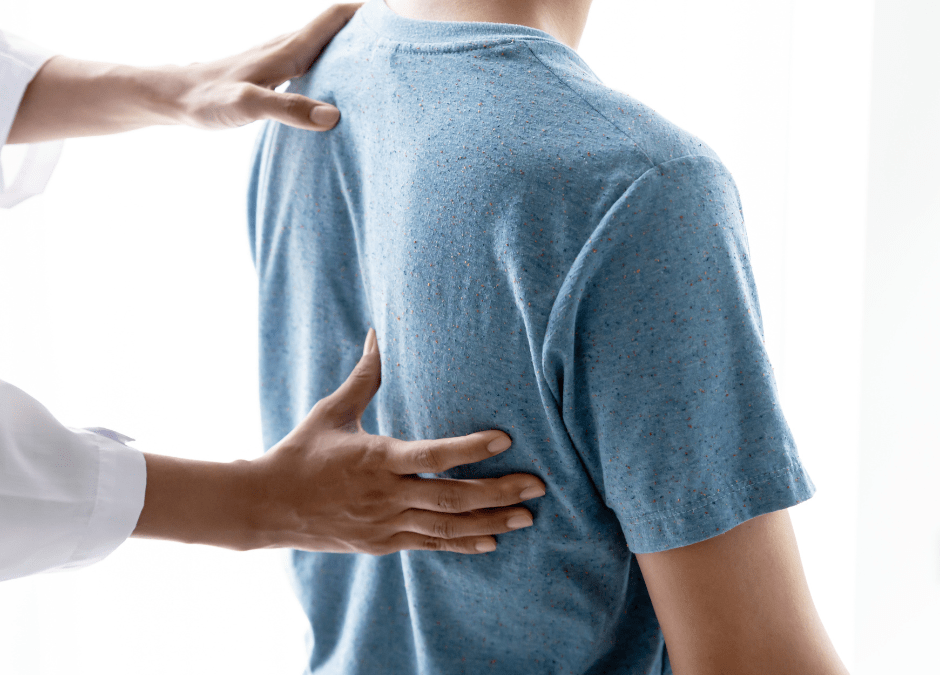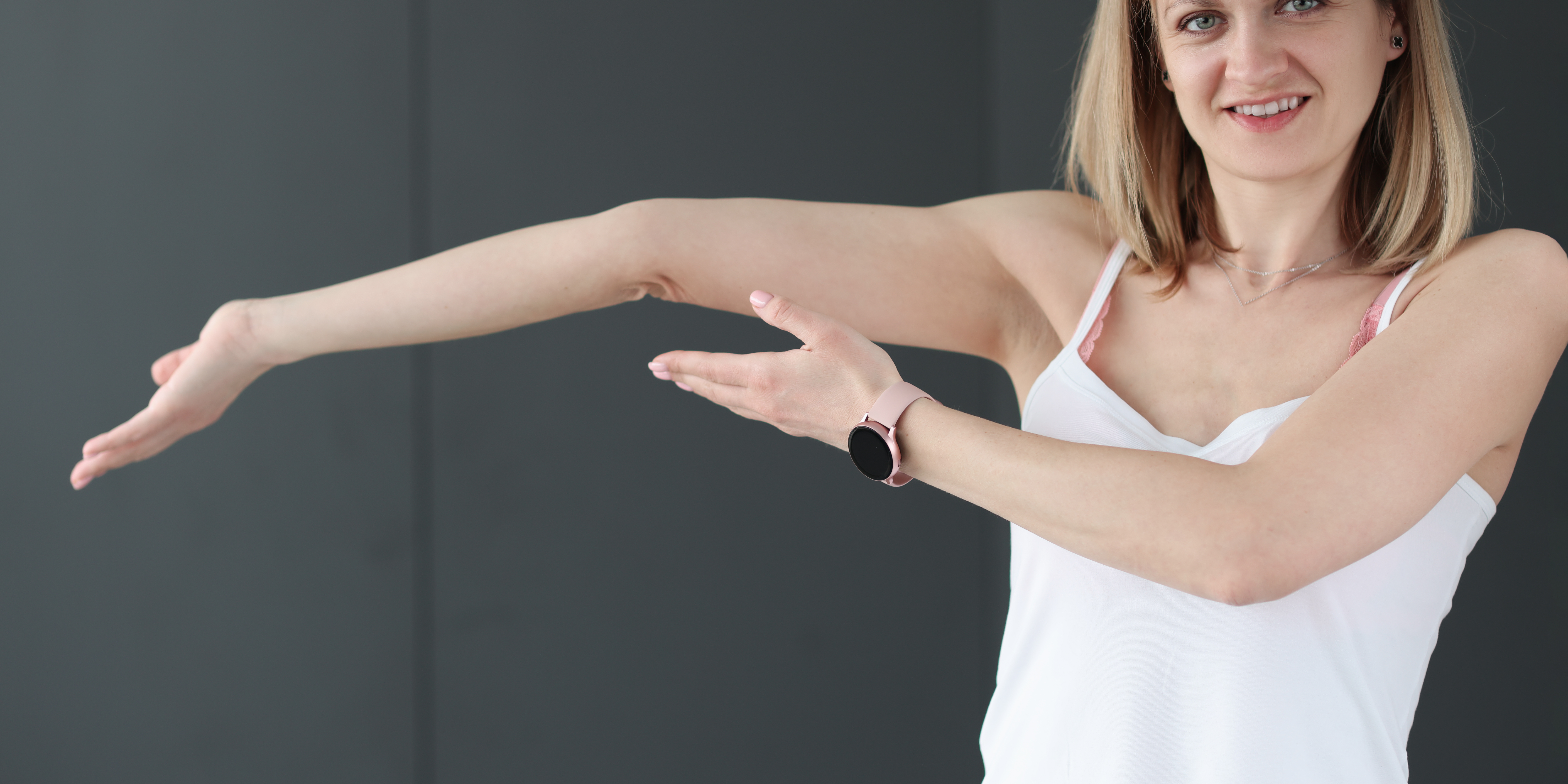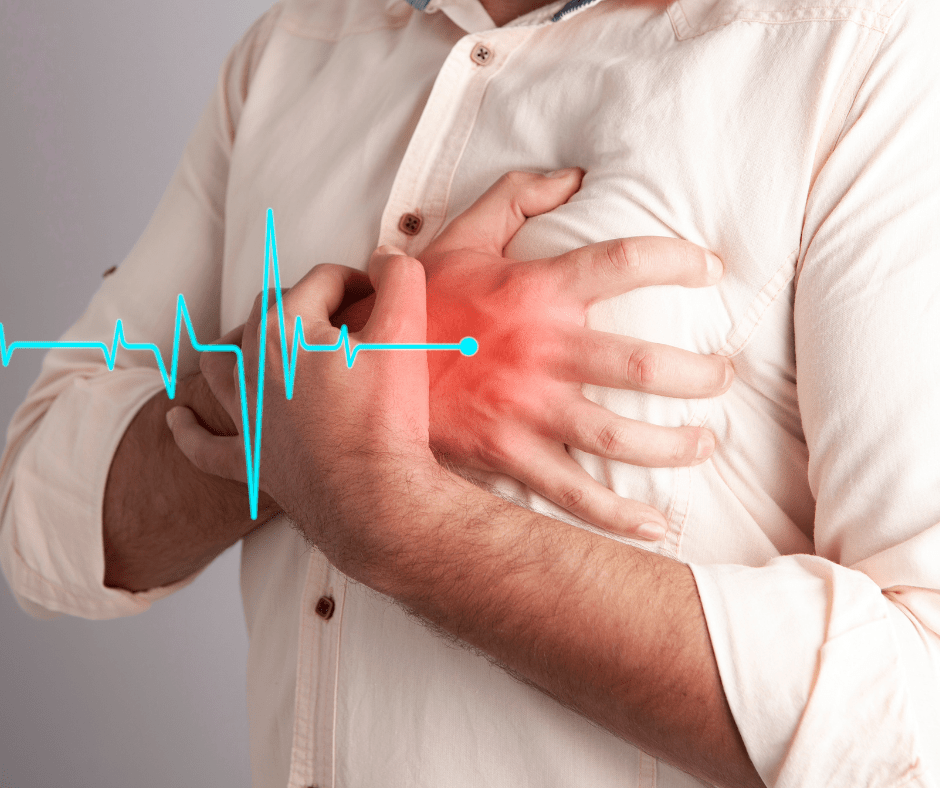Central changes that contribute to chronic pain
We have discussed how danger signals from nociceptors reach the dorsal horn and how they are passed on to secondary order neurones, which transmit the signals on to the brain. However there are structural changes that can happen in the nervous system that cause faulty signalling of sensory information. For example, the A delta and C fibres synapse upon secondary order neurones in Lamina I, II and V of the dorsal horn, A beta fibres (which are myelinated large diameter fibres conducting touch, vibration and proprioception) send collateral fibres to Lamina III and IV before ascending to the brainstem. There is the potential for these nerve fibres to sprout into adjacent Lamina, such that an A beta collateral fibre sprouting into lamina I, II or V could cause a nociceptive signal to be excited centrally. This is termed neuroplasticity and suggests that the nervous system is not hard wired as once believed but instead a soft wired system that is capable of reorganisation.
State dependent processing and selectivity of the dorsal horn can explain severe pain that does not equal tissue damage. The dorsal horn usually passes on its sensory information relatively unchanged. However, under certain circumstances the brain can either suppress or amplify this input via descending neurones. If the brain perceives the massages it receives from the peripheries as none threatening it can produce descending inhibition at the dorsal horn so that danger signals are suppressed. Similarly if the brain perceives the information arriving at the dorsal horn as threatening it can facilitate excitation chemicals to be released at the dorsal horn to increase the sensitivity of the spinal cord and thus make easier the passage of danger signals to the brain.
Wind up is another mechanism that can cause central changes to occur. It happens when a C fibre is repeatedly stimulated at a relatively high frequency. The impulses generated in the C fibre can still be activated even after stimulation of the nerve has ceased. This helps to explains pain after, rather than during activity and can demonstrate why over doing it on a good day may lead to pain the day after.




